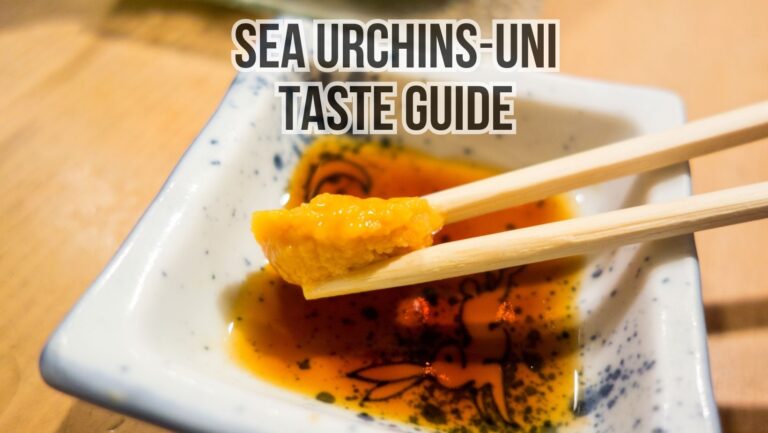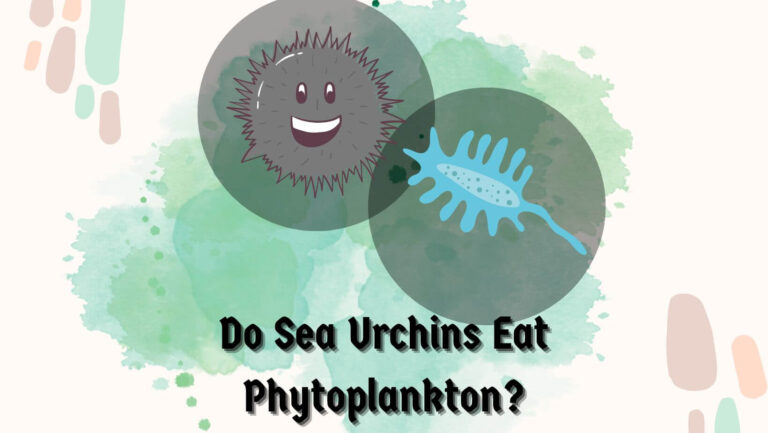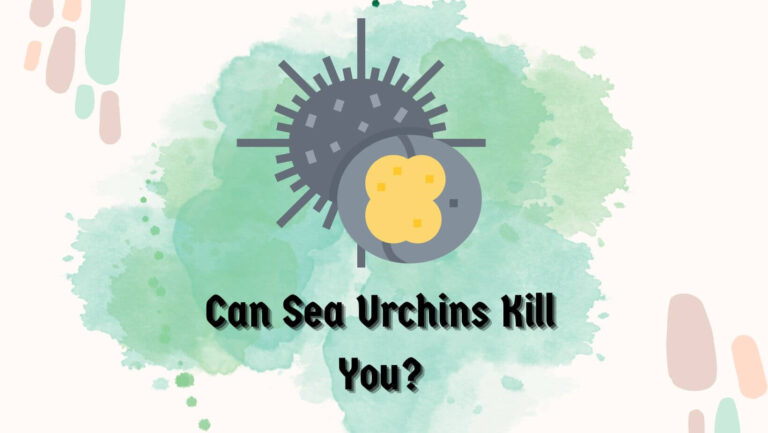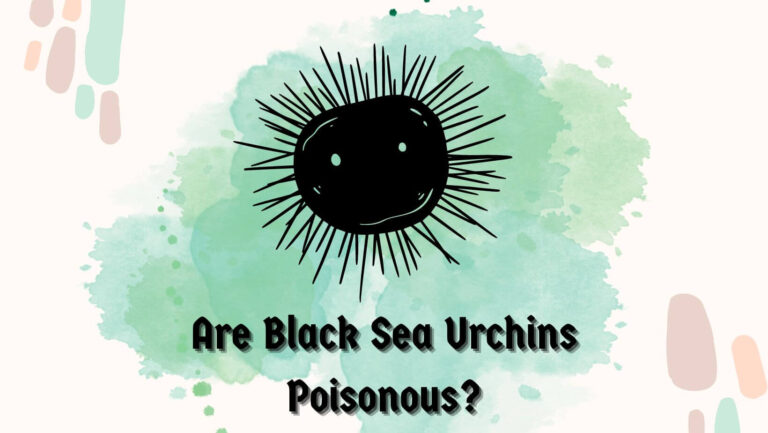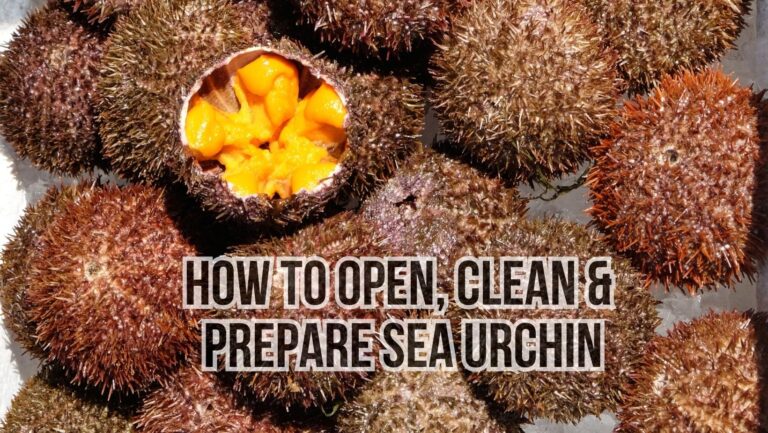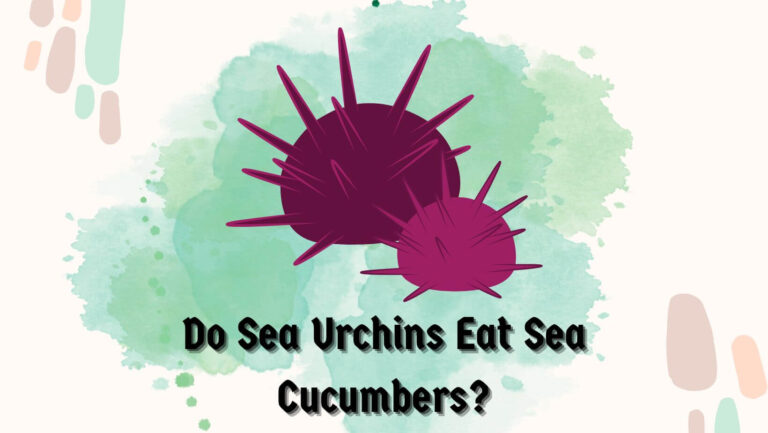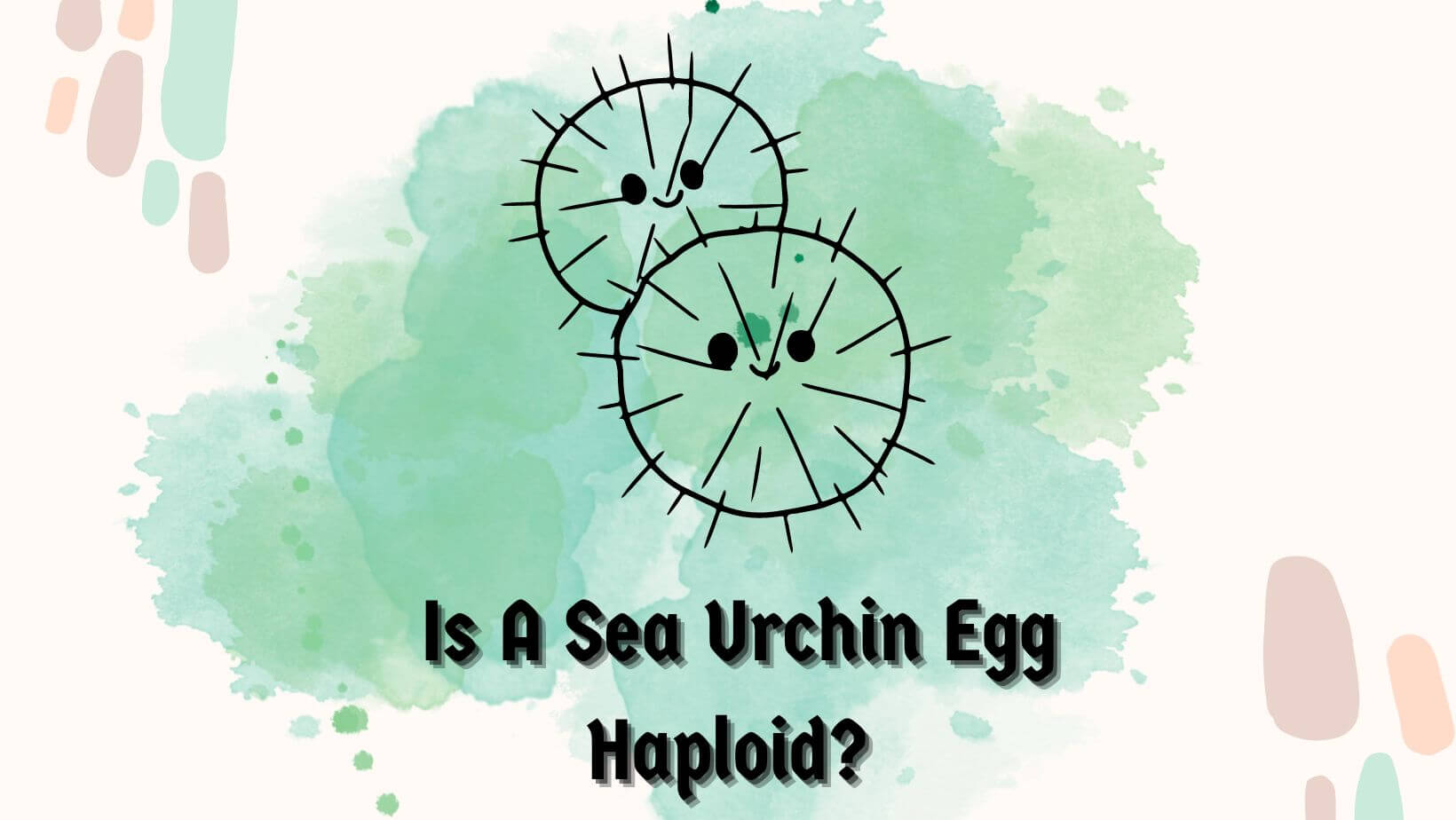
While doing my research, I learned about a question, ‘Is a sea urchin egg haploid’ which has raised quite a curiosity among nature enthusiasts and students. These tiny spheres of life have undoubtedly captivated researchers in developmental biology and offer a wealth of knowledge about their genetic processes and reproductive strategies.
Therefore, in this article, I will help you dig deeper into the intricacies of sea urchin eggs and explore their haploid nature while unraveling the few secrets they hold. But before I tell you the significance of haploid sea urchin eggs, let’s quickly look at the answer to the intriguing question: is a sea urchin egg haploid?
Table of Contents
Is A Sea Urchin Egg Haploid?

Yes, sea urchin eggs are haploid, just like all eggs, meaning they contain only one set of chromosomes, half the number found in the cells of adult sea urchins. This haploid state is crucial for our little friend to process fertilization and the subsequent development of the embryo.
To understand the haploid nature of sea urchins’ eggs better, you must delve into genetics. You must know that organisms are known to produce two types of cells when they employ sexual reproduction: Haploid & Diploid.
Haploid cells contain a single set of chromosomes, whereas diploid cells pose two sets. It is also important to know that sea urchins are known to go through a very complex reproductive cycle that results in both the release of eggs & sperm into the water column. The eggs referred to as ova are particularly produced by female sea urchins. It is a crucial element in the perpetuation of the species.
Chromosome Content the Significance Haploid Eggs
You find some fascinating insights when you look at the chromosomal composition of a sea urchin’s eggs. Even the most common species of sea urchins are known to carry 36 chromosomes in their eggs.
However, this number may also vary among different species. If you look at the purple sea urchins, you will find up to 34 chromosomes in their eggs, whereas green sea urchins are known to carry up to 38 chromosomes.
Each chromosome carries valuable genetic information needed for developing and growing the sea urchin’s embryo. These chromosomes are very important because the genes encoded within determine various characteristics like the development of spines, formations of organs as well as aspects of behavior.
Gametogenesis & Meiosis
If you have ever studied sea urchins, you might already know that they are known to undergo gametogenesis, where they produce eggs & sperm. Within the ovaries of female sea urchins, specialized cells called germ cells undergo meiosis, a specialized type of cell division.
During meiosis, the originally diploid germs cell undergoes two division rounds, forming four haploid cells. One of these haploid cells becomes the egg, while the other develops into the polar body, which eventually degenerates.
You should also note that this reduction in chromosome number through meiosis also ensures that when fertilization occurs, the resulting zygote will have the correct number of chromosomes.
Genetic Diversity & Fertilization
The haploid nature of sea urchins’ eggs is crucial for maintaining genetic diversity within the population. You might know that a haploid egg combines with a haploid sperm during fertilization, and its genetic material merges to form a diploid zygote.
Zygote later created a genetically diverse offspring as it contains unique combinations of genes from both parents. Like any other species, diversity is important for the survival & adaptability of sea urchins.
It helps them evolve and respond to changes in their environment to adapt well and survive in the future. I hope you now know the fertilization process in sea urchins because it can provide valuable insights into the genetic mechanism underlying the diversity and complexity of life. It’s time to take a quick look at the significance of haploid sea urchins’ eggs to gain some valuable insides and learn more in-depth.
3 Significance of Haploid Sea Urchin Eggs

Developmental Biology
If you are in developmental biology, sea urchin eggs can be a valuable tool for studying early development. Their transparent nature will help you observe the intricate cellular and molecular events during embryogenesis.
Even in groundbreaking experiments and observations, sea urchin eggs have played a prominent role. The sea urchin embryo has been a model organism for over a century, with studies such as those by Edmund Beecher Wilson in the late 19th century providing fundamental insights into embryonic development. Fortunately, studies were completed and paved the way for our understanding of cell division issue differentiation & organ formation.
Genetics & Genomics
If you want to advance your understanding of genetics & genomics, sea urchin eggs are a good instrument. Their haploid nature can simplify the genetic analysis, allowing us to isolate and study specific genes & their function with greater ease.
One of the remarkable examples is the discovery of homeobox genes. If you are unfamiliar with the homeobox genes, it plays a crucial role in developing body structure and organism across different organisms. Studying these genes closely in sea urchins’ eggs will give you insight into their conserved functions and evolutionary processes that shape animal development.
Reproductive Strategies
I like to look at the reproductive strategies associated with the haploid sea urchin’s eggs as it offers a fascinating glimpse into the adaptation of marine organisms. Sea urchins ensure genetic diversity by producing haploid eggs within their population to promote their ability to adapt to changes and survive in a diverse environment.
Reproductive strategies that are not unique and limited to sea urchins. There are also many other Marine organisms, like certain species of fish and algae, which rely on haploid eggs to maintain genetic diversity. A continued exploration of this strategy is required to shed some light on the intricate balance between reproduction & genetic preservation in our Marine ecosystem.
- Other Intriguing Topics To Discover
- Is a Sea Urchin a Crustacean?
- Do Sea Urchins Wear Hats
- Are Sea Urchins Reef Safe
Conclusion
In the world of sea urchins, you will find the tiny eggs holding a treasure trove of scientific wonder. You should know that these haploid marvels will offer insights into genetic development biology & reproductive strategies.
If you are studying sea urchins’ eggs, be ready to unravel the secrets of life’s earliest stage that has significantly contributed to various scientific fields. You know that sea urchins’ eggs are haploid, enabling genetic analysis and providing a window into the complex process that shapes embryonic development.
In addition, the significance of the sea urchin’s haploid nature extends beyond scientific research with potential applications in biotechnology, medicine, and cloning. We should continue to explore the mysteries held within these remarkable cells to deepen our understanding of life’s fundamental processes and pave the way for further discoveries that can benefit both scientific knowledge & the well-being of humankind.
I have tried my best to give you all the information you needed on the question: Is a sea urchin eggs haploid? If you find this article helpful, then consider sharing it. Your share will help many people learn the answer: is a sea urchin egg haploid? Do check my other helpful guide on sea urchin’s facts & figures. See you in the next post, till then, take care & goodbye.

